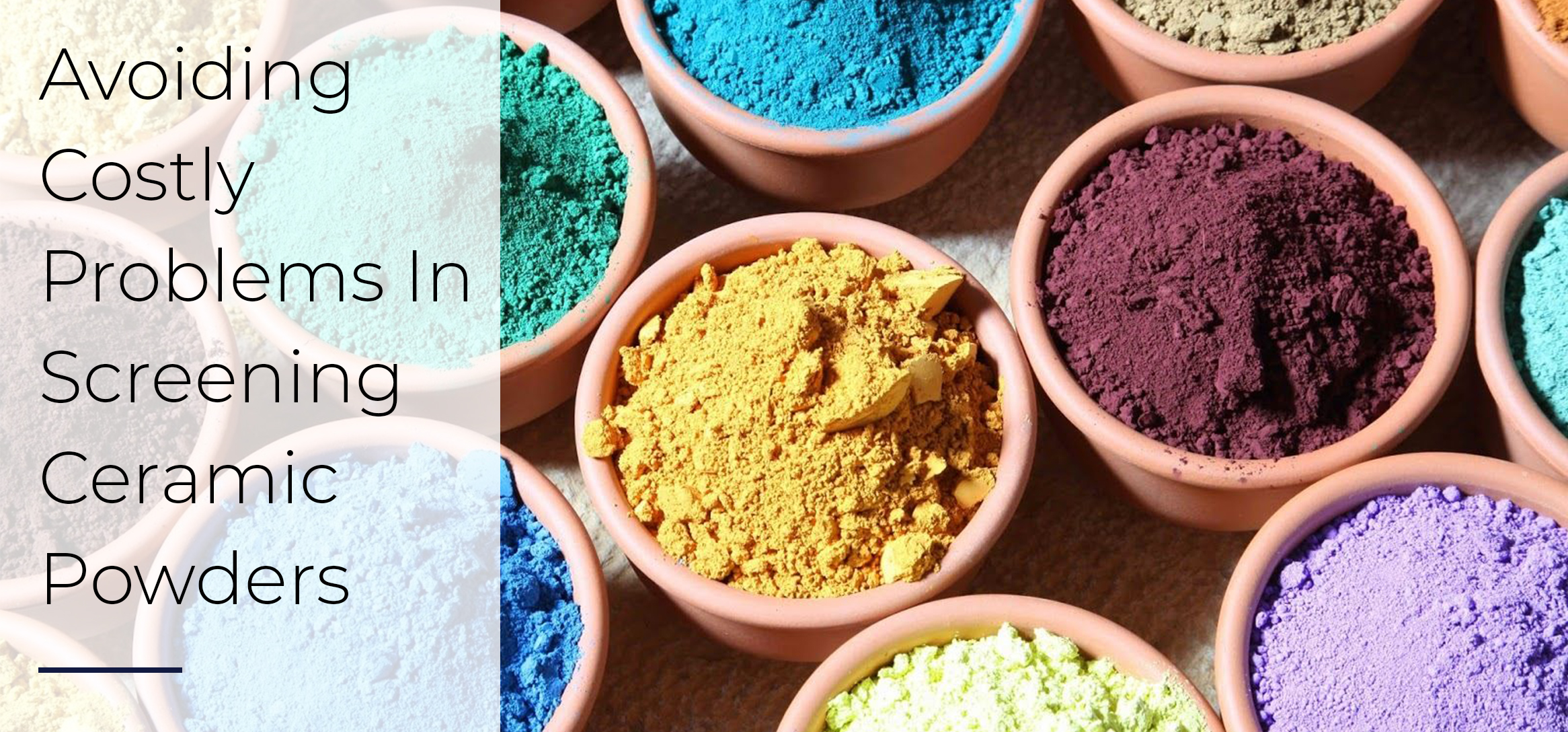As the Sales Manager here at HK Technologies, I run across many unique and challenging screening applications on a weekly basis. While this is my first post and I have a lot of interesting applications to discuss, I want to begin with a recent application where a customer was using ultrasonic sieving to screen a high-value ceramic powder used in the electronics industry. The screen mesh was fairly coarse – 80 mesh. The ceramic powder was agglomerating and forming hard nodules of ceramic material from the current supplier’s ultrasonic system. The customer could not tolerate these hard nodules contaminating the final product. They approached us for a solution.
Pic 1 Pic 2 Pic 3 – HK Tranducer – no screen contact
We found that the nodules were forming due to excessive heat generated by the supplier’s transducer, which is adhered to the screen surface (see pic 1). While other ultrasonic suppliers use similar methods of applying ultrasonics to the screen surface, the HK Ultrasonic system applies the ultrasonic energy through the perimeter of the screen frame (see pic 2) inhibiting the generation of heat. Secondly, the excessive heat was also causing the wire mesh to fail around the perimeter of the transducer pad (see pic 3). If the customer was unaware of this screen failure the entire batch was then contaminated.
The initial trial proved successful in providing the customer with a consistent run of approved powder. Other benefits from the HK Ultrasonic system included a higher yield of fine powder – approx. 40% higher. Longer screen mesh life and eventually screening at a finer mesh. We were also able to offer a rescreening service of our ultrasonic frames that also benefited the customer over purchasing new screen frames.
Contact us today to talk about a fine screening challenge you have.

Jeff Hochadel has over 25 years of experience building and selling vibratory screening equipment. Jeff is responsible for handling fine mesh screening applications for The Cleveland Vibrator Company. His expertise is utilizing our Ultrasonic Deblinding System to solve difficult screening problems. When Jeff is not visiting customers promoting our products you can most likely find him fly fishing.
Follow us:
Share this blog post:


